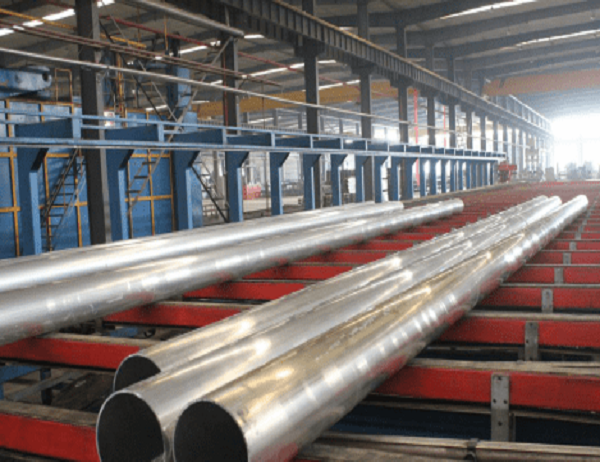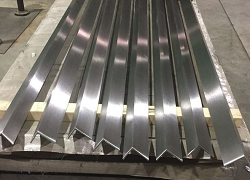Introduction
Efficient logistics and delivery are crucial factors to ensure the timely and cost-effective transportation of aluminum tubes. Implementing best practices in these areas can streamline the supply chain, reduce delays, and improve customer satisfaction. This article provides a comprehensive overview of the best practices for logistics and delivery with aluminum tube suppliers.
Effective Communication
Clear and timely communication is paramount. Suppliers should communicate production schedules, delivery timelines, and any potential delays to customers promptly. Customers should also provide clear delivery instructions, including specific unloading requirements and contact information. Regular communication helps avoid misunderstandings and ensures that both parties are aligned on the logistics and delivery process.
Specialized Packaging
Aluminum tubes require specific packaging to protect them from damage during transport. Protective measures include using shock-absorbing materials, strapping the tubes securely, and considering the use of custom crates or boxes for large orders. Suppliers should develop packaging protocols that meet the industry standards and ensure the integrity of the products during delivery.
Efficient Transportation Methods
Selecting the appropriate transportation methods is crucial. Depending on the order size, distance, and urgency, suppliers can utilize various options such as trucking, rail, or airfreight. It is essential to consider factors such as cost, transit time, and infrastructure availability when determining the optimal transportation mode.
Tracking and Traceability
To ensure prompt delivery and avoid delays, suppliers should implement advanced tracking and traceability systems. These systems allow customers to monitor the status of their orders, providing real-time visibility into the delivery process. Suppliers should also have contingency plans in place to address any unforeseen circumstances or disruptions.
Efficient Unloading and Handling
Proper unloading and handling practices are essential to prevent damage or loss of aluminum tubes upon delivery. Suppliers should provide clear instructions to customers on how to safely unload the tubes. Specialized equipment, such as forklifts or cranes, may be necessary for larger orders. Customers should allocate adequate space for unloading and ensure that proper safety measures are taken.
Quality Control and Inspection
To ensure the quality and integrity of the delivered aluminum tubes, suppliers should implement rigorous quality control measures. This includes inspections at various stages of the production and delivery process. Customers should also inspect the tubes upon delivery to verify their condition and report any discrepancies to the supplier promptly.
Continuous Improvement
Best practices for logistics and delivery should be continuously evaluated and improved. Suppliers should regularly gather feedback from customers to identify areas for improvement. By implementing a data-driven approach, suppliers can optimize their logistics and delivery processes, reducing costs, increasing efficiency, and enhancing customer satisfaction.



